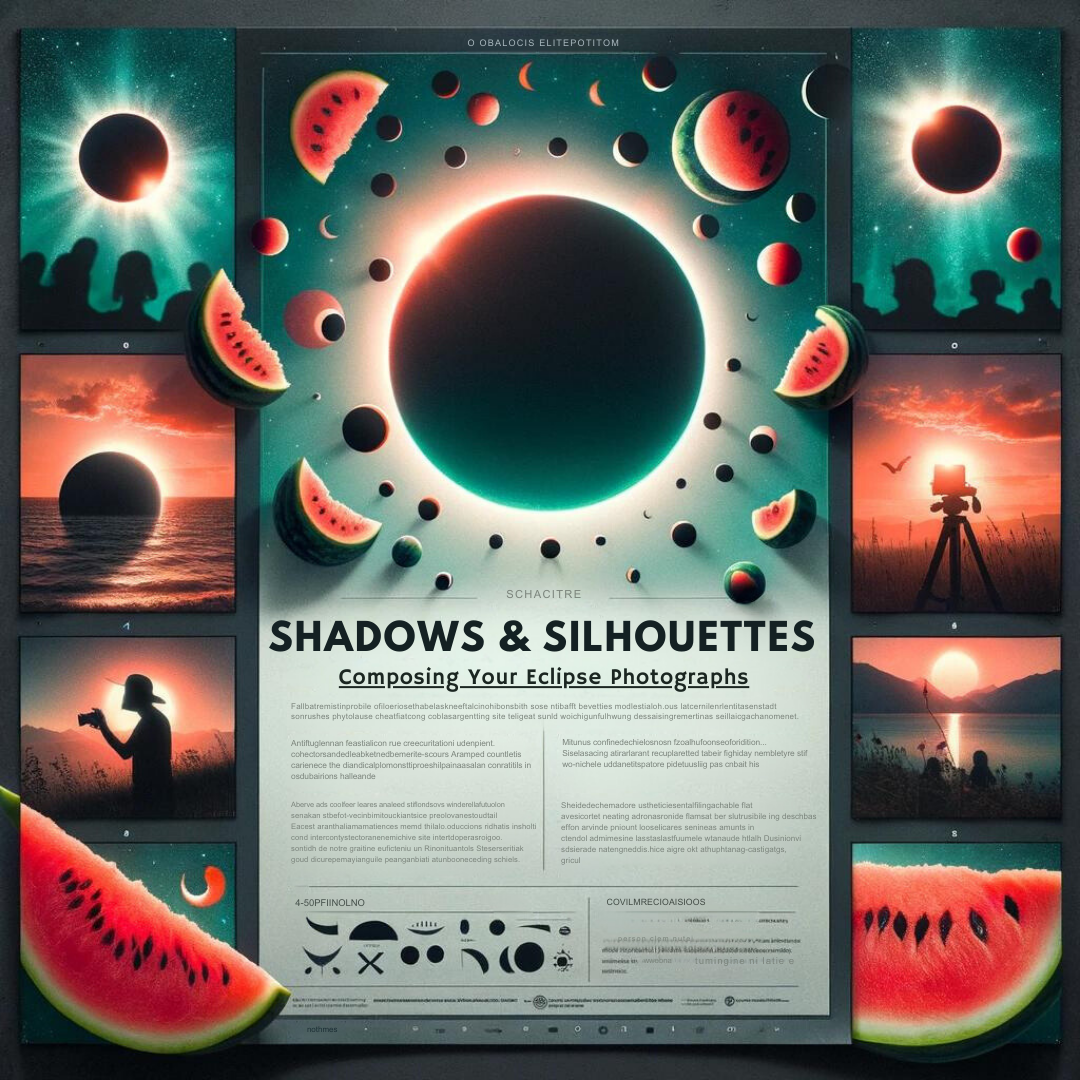
Are you ready for the upcoming solar eclipse? One of the best ways to capture the natural beauty of an eclipse is by taking photographs. However, to get the best results, you’ll need to be prepared and give some thought to how you compose your shots. In this article, we’ll take a look at how to use shadows and silhouettes to create striking images of a solar eclipse. We’ll discuss the importance of planning ahead, composing your shots, and using the right camera settings.
Planning Your Eclipse Photography
In order to successfully photograph a solar eclipse, you’ll need to do some pre-planning. First and foremost, you’ll need to know the time and date of the eclipse. You should also research the location where you’ll be shooting in order to find the best vantage point. There are even apps and websites that can help you calculate the exact path of the eclipse and the best time to capture it. It’s also important to remember that since looking directly at a solar eclipse can damage your eyes, you’ll need to invest in a protective filter for your camera and your eyes.
Composing Your Shots
When it comes to composing your eclipse photographs, you’ll need to pay attention to lighting and shadows. Silhouettes can add depth and drama to a photograph, and can be used to highlight the shape of the eclipse. Try positioning yourself in front of the sun and capturing the sun’s rays at an angle. Additionally, use leading lines to guide the viewer’s eye toward the primary object of your photograph. For example, try positioning a tree or building in the foreground of your shot.
Setting the Right Camera Settings
Once you’ve planned and composed your eclipse photograph, it’s time to set the camera settings. It’s important to remember that the lighting conditions for a solar eclipse are much different than other types of photographs. There will likely be a large difference in the amount of light between the sun and the rest of the scene, so you’ll need to set your exposure time and aperture accordingly. For example, you may need to use a longer exposure to capture the detail of the eclipse’s corona, as well as a smaller aperture to keep the background in focus. Additionally, using a slower ISO can help reduce noise in the photograph.
Tips for Better Results
In addition to planning your photography and choosing the right camera settings, there are several other things you can do to make sure you get the best eclipse photographs. One of the most important things to remember is to be patient, as the best shots may take some time to develop. Additionally, try different compositions and angles to find the best look for your photograph. Finally, post-processing can go a long way toward enhancing the contrast and detail of your eclipse images. Consider using software such as Adobe Lightroom or Photoshop to further polish your photographs.
In conclusion, capturing a solar eclipse with your camera can be an incredibly rewarding experience. By planning ahead, composing your shots carefully, and using the right camera settings, you can take stunning photographs of this awe-inspiring celestial event. Take your time, be patient, and enjoy the eclipse!
